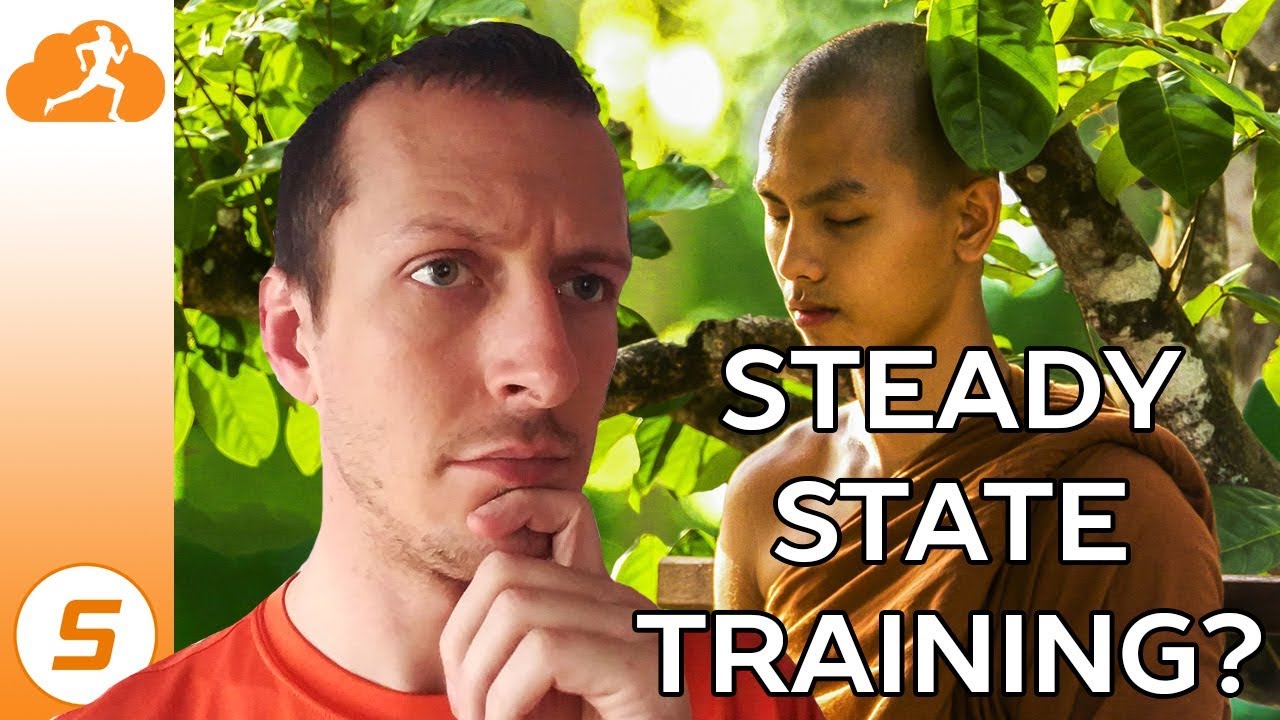So, you've been putting the miles and now you're wanting to go faster. You know you've got a good base under you and you know that, like I've said before, if you want to go faster, you have to go faster. But you don't know where to start and there's all these confusing terms. What's tempo? What's threshold? What steady state?
What do all these things mean and how do they actually benefit you? Well, I'm Jesse Funk. On today's episode of Runners High, I'm going to be sharing with you what steady state is. And this is part one of three in this series. So, you'll have a bit more information on what do you do with interval training? What means what, what are those terms, and how can they help you.
So, today steady state training, what are we talking about? It turns out like steady state training, also referred to as sweet spot training, is a bit of a contentious zone. It's had a history where a lot of coaches have thought this is completely useless, we're not going to do it at all. It's kind of had a resurgence in recent years, where coaches have said, no, this kind of training actually does benefit our athletes.
Now, to add to the confusion, I actually use the word tempo interchangeably with sweet spot training, which is contrary to what some other coaches or athletes might say tempo is. They may refer to a tempo as a higher effort than what I'm talking about with steady state training. So, if you're watching any of my videos, and I talked about tempo, I'm talking about steady state. But if you're watching somebody else, you’re gonna have to check and see what they're talking about.
So, what is steady state actually? Well, if you use me as an example, I'll give you an idea of what steady state is. It’s a pace that's harder than long run pace, but it is not actually really working that hard yet. It's what we often refer to as comfortably hard. So again, me as an example, my long run pace comfortably usually is about 6:45 minute miles.
So, my steady state training typically is around 6:15 to six minute pace. This is where I've talked about in other videos, your lungs aren't quite coming on yet. You know that comfortably hard comes from, you're moving more swiftly than you would in a long run, but your lungs aren't labored at all.
That's a good way to kind of feel out the RPE because I'm really big on RPE. But if you want to relate it to a race sometimes depending on your fitness, it can actually be similar to a half marathon pace for you. This kind of workout is almost like a sustained, quicker, long run. Here's another confusing term to add into the mix in case you see it. My college coach actually referred to this kind of training as up long, which is like up tempo pace, meaning faster than long.
So, he would call them up long. And these kinds of workouts last from 20 to 60 minutes, depending on your fitness level. If you've never done any higher intensity, do not go out for 60 minutes at a faster pace, you’ll just burn yourself out and you won't get the benefit of the workout. You’ll have a longer recovery period and you're not really doing yourself any good.
But what is the point of these workouts? What are we trying to accomplish by going into this sweet spot training? The biggest physical benefit is you're working on increasing your aerobic strength by tasking your aerobic system at a higher level for a longer period of time. The whole idea is if you increase your aerobic capacity, then at lower levels, you don't have to work quite as hard. It's kind of basic nature of getting stronger, you task something at a higher level as your body compensates, then at a lower level, it can work easier.
One of the often, overlooked benefits of this kind of workout is actually for your mind, is that when you're working a little bit harder, you don't allow yourself to zone out like you may be able to on a long run. You have to stay focused in constantly in check with how fast you're going to stay in this sweet spot.
If you let up, you kind of zone out, you may have a tendency to go too slow and kind of roll back into that long run pace, which isn't the objective of the workout. But if you kind of low into working too hard because you're getting fatigued, then you're also not getting that objective.
So you have to stay focused, to stay right on pace, not push too hard, so that you feel the burn. Sometimes that happens with athletes, they want to push harder because they can feel when things are tough. Whereas the sweet spot training is this, like I said, comfortably uncomfortable zone where you don't have to do a real hard workout, but it's also not easy.
So, strengthening your mind allows you to stay focused, and then you can translate that into a race where you need to stay focused for a really intense but shorter period of time to accomplish your goal. So, subscribe to the channel. Stay tuned, there's two more videos where I'm going to explain the other two main types of intervals and how they benefit you. I’ll see you next time on the next episode of Runners High.


